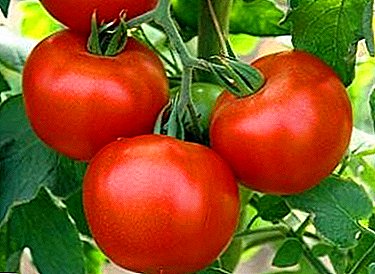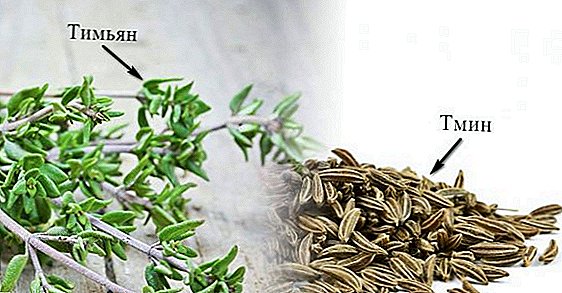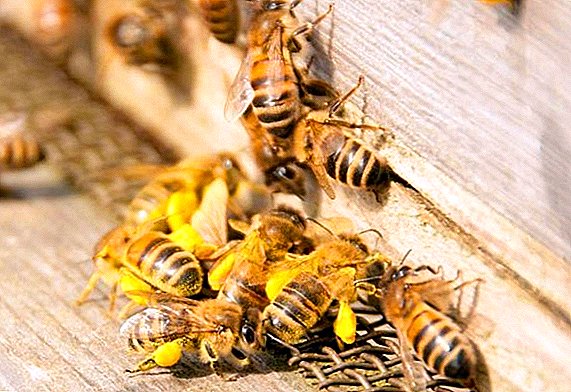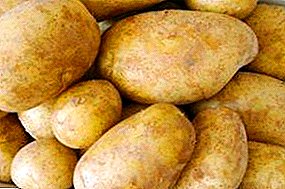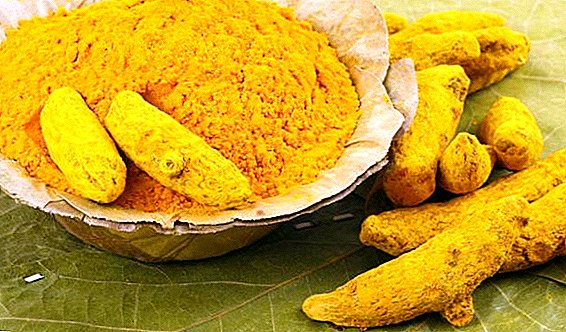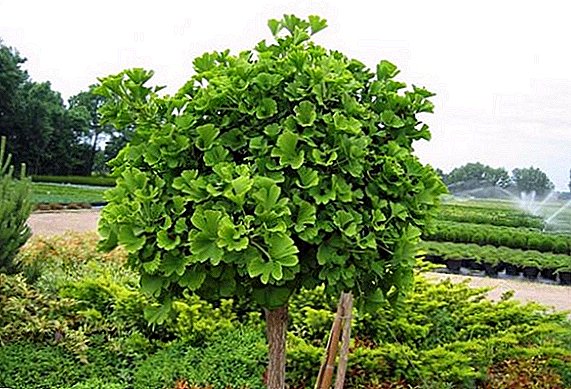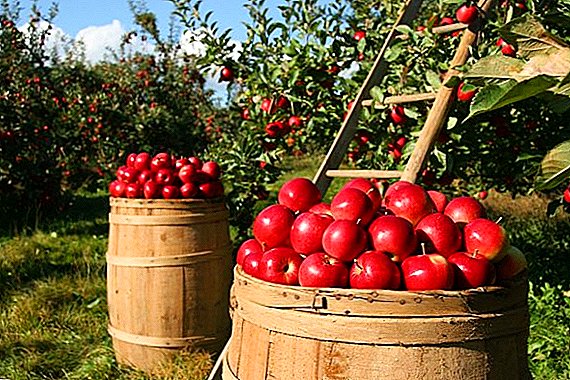 Being one of the most beautiful flowering houseplants, the orchid owes this quality to the unique structure of the bush, in which the main decorative role is played by the peduncle. All about orchid peduncles read further in the article.
Being one of the most beautiful flowering houseplants, the orchid owes this quality to the unique structure of the bush, in which the main decorative role is played by the peduncle. All about orchid peduncles read further in the article.
What is the orchid peduncle
Orchid peduncle is a shoot designed to form flowers on a plant. To have an idea of how it looks like before it grew on an orchid, you can look at its aerial roots, which are very similar to it in color and shape. True, the flowering stem still differs from them in structure, which does not immediately catch the eye.
At the beginning of its development, the flower-bearing arrow grows in arbitrary directions, often fancifully bending, but gradually aligns and begins to grow in a straight line, either straight up or in some direction. Its appearance is a thick dark green arrow with a sharp tip, covered with scales, from under which buds appear, and then flowers.

As a rule, the plant throws out one flower stalk, which can either exist for several years, releasing, after the previous flowers have faded, new branches with new flowers, or to dry after each flowering, giving way to a new flower stalk. Sometimes in conditions especially favorable for growth, an orchid is capable of throwing out several flowering shoots at once, which greatly enhances the decorative qualities of the plant.
However, when answering the question of how many flower stalks can be on an orchid, it does not interfere with listening to the opinions of specialists who argue that the formation of several flower-bearing arrows at once contradicts the natural growing conditions of the orchid and greatly depletes the life force of the plant.
The optimal conditions under which an orchid develops in normal natural rhythms are:
- temperature range from + 22 ° С to + 30 ° С;
- daylight duration at least 12 hours;
- ambient air humidity of at least 50%;
- regular watering, but by no means excessive.
Did you know? Orchids, being one of the oldest plant families, whose age is almost 145 million years old, are common on our planet everywhere, with the exception of the harsh Antarctica.
How to distinguish the root from the peduncle
With all the external similarity of aerial roots and peduncle to answer the question of how to determine where the root process, and where the flowering shoots, it is not so difficult:
- flowering sprout develops at the junction of the leaf and the stem, and the roots appear from the base of the root collar;
- the tip of the flowering shoot is pointed, while it is rounded off at the root;
- the surface of the flowering shoots is covered with scales, and at the roots it is flat and smooth.
Timing of flowering
Orchid bush produces flowering shoots for 1-2 months. And how long it takes for flowers to bloom depends on the conditions created by the plant. Under normal conditions, on average, the development of the peduncle from its appearance to the blooming of flowers takes from 2 to 3 months. And more unfavorable conditions for the flower significantly lengthen the process.

From the conditions of growth directly depends on how long the flowering will last, which can last up to 4 months, and may very quickly end up dropping both flowers and buds with a plant. Also, the conditions of growing a flower have an impact on the timing of flowering, which can occur both in summer and in winter.
Is it necessary to trim the peduncle and how to do it correctly
As already mentioned, some flowering shoots are able to produce flowers repeatedly for several years, while others dry out after flowering, giving up their place to new flower stalks. Therefore, it should not be immediately removed ottsvyotshy flower, no matter how unaesthetic it looks. As long as it retains its green color, it should not be touched.
But at the same time, there are signs by which it can be accurately determined whether the peduncle is already cut:
- if the green arrow began to turn yellow quickly or acquire brown, reddish and purple tones;
- peduncle completely dried;
- six months green flowering shoots do not give flowers.
The flower-bearing arrow needs to be cut off, leaving a process 3 cm long emerging from the leaf sinus.
For pruning use:
- scissors;
- sharp knife;
- pruner
Important! In no case should not the dried up flowering shoot with your hands.
Additional care during the growth of peduncle
When the flowering arrow appears on the orchid, it is necessary to make some adjustments to the care of the plant:
- if the peduncle does not appear in the summer, then it is useful to put a pot with a flower on the window sill of the window facing the south side to improve the illumination;
- watering should be reduced to 1 time in 2 weeks;
- immediately after the flowering shoot appears on the orchid's bush, the intensity of fertilizing needs to be slightly reduced;
- When the peduncle has reached its optimal size and the appearance of buds on it, feeding should be stopped.
Features reproduction peduncle
In the home environment, orchids are propagated by:
- division of rhizomes;
- seedlings;
- kids.
At the same time, reproduction by children, forming on the flowering arrow, is considered the most reliable and loyal to the safety of the plant in a way.

The following advantages of the method are noted:
- maternal plant is not injured;
- the overwhelming number of seedlings is taking root;
- ease of use;
- the ability to independently wake the kidneys.
But for the education of children should create certain prerequisites:
- the orchid must be an adult;
- it must have at least 4 leaves;
- its root system must be healthy;
- the flowering period should be over;
- it is necessary to keep within the time interval between the end of winter and the middle of summer;
- requires fresh flowering shoots with developed buds.
Read how to make an orchid bloom.
In addition, certain efforts are needed from the people in the form of:
- ensure daylight hours are shorter than 10 hours with diffused sunlight;
- creating daily temperature differences from + 25 ° С during the day to + 17 ° С at night;
- maintaining stable humidity at 50%;
- termination of fertilizing fertilizer.
The very process of reproduction of an orchid by means of a peduncle is as follows:
- The flowering arrow with dormant buds is cut so that a process 3 cm long remains on the mother plant, which is then treated with crushed activated charcoal every week for a month.
- The cut-off process of the peduncle is placed in a transparent container with a tablet of activated carbon at the bottom, into which soft water is poured to a level of 5 cm.
- To create the greenhouse effect, the container is covered with a transparent film and placed in a well-lit place at temperatures up to + 27 ° C.
- The water in the tank changes weekly.
- When 3 leaves and roots up to 5 cm long are formed on the child, it is separated from the flowering shoots with a blade.
- Separated baby is planted in a transparent container with crushed and moistened pine bark.
- The container is covered with a transparent film and put in a sufficiently lit place, occasionally moistening the bark.
- After the appearance of 2 new leaves, the film coating is removed.

Possible problems
Most often, orchid owners are faced with cases where the plant for a long time does not want to bloom.
A similar problem is solved as follows:
- It is necessary to strengthen the lighting of the flower and bring it to half an hour.
- Watering, on the contrary, should be reduced, making the interval between substrate moistening of 10 days.
- The temperature regime is also subject to downward adjustment, since the high temperature stimulates the growth of green mass, but inhibits the appearance of peduncles. Especially important is the temperature difference during the day, which must be at least 4 degrees. In this case, the daily temperature should be maintained at + 21 ° C.
- To stimulate the appearance of peduncle, enhanced fertilizing with fertilizers containing phosphorus and potassium is required. It is useful to apply pharmaceutical preparations in the form of "zircon" or succinic acid as a top dressing, guided by the attached annotations.
Why do orchids have a yellow spike?
If the flowering sprouts are yellowed, this may indicate both the natural process of replacing the old peduncle with a new one, and the trouble in keeping the flower. As a rule, yellowing begins with the tip of the arrow, which gradually turns yellow all over. The yellowing process is accompanied by the deformation of the shape of the flowering shoots, a decrease in its size, the appearance of reddish tones on it.
Important! In some species of orchids, reddish or purple shades are the normal color of the peduncle and in no way indicate its distress.
In cases where, together with the flowering arrow, the deciduous mass begins to turn yellow, it is necessary to state miscalculations in the care of the plant, presented:
- violation of the moisture balance, which should not go beyond 30-80%;
- incorrectly selected lighting mode, not providing semi-daily lighting;
- a shortage of fertilizers, as well as their surplus;
- stressful situations provoked by moving the plant to another place with different conditions;
- mechanical damage to the floral arrow;
- diseases associated with putrefactive processes.
There were sticky drops on the peduncle
This phenomenon indicates the trouble in the content of the plant. Very often, it signals the overmoistening of both air and the substrate. The juice secreted by the flower is designed to normalize the internal temperature of the orchid. To eliminate the problem, lower the temperature in the room and stop moistening the air and the ground.

If these measures do not correct the situation, it is necessary to pay attention to the presence of pests in the form of:
- aphids;
- spider mite;
- scythes;
- mealybug
For their extermination should:
- Wash the leaves with a solution of household soap.
- Dry the soil.
- Increase air humidity.
- At the same time lower the temperature, since high contributes to the development of parasites.
- Treat orchid bush with Aktara-type insecticides.
Dries and decays flower stalk
To the drying of the floral arrow most often, except for natural causes, leads to a lack of lighting. When eliminating this problem, one should not repeat the mistakes of most inexperienced gardeners, who, in order to achieve uniformity of illumination, regularly develop a pot with a flower. This should not be done in any way, since any change in the location of the plant or its orientation in space causes stress in the flower.
Did you know? One orchid of some species of this plant can produce up to 4 million seeds. This is a record for seed productivity of flowers.
A significant role in the well-being of an orchid bush is played by temperature indicators, as well as the level of humidity and nutritional value of the substrate when they go beyond the limits of optimal indicators, which were discussed above. The rot affects the flower stalk together with the whole flower in case of violation of the rules for watering and the development of putrefactive processes in the plant.
Short peduncle
If the peduncle emerged from the leaf bosom, but then slowed down its development, it is necessary first of all to pay attention to the level of illumination of the flower, since it plays a key role in the growth of the flowering arrow.

You should put the container with the plant in the most lighted place, and if necessary you need to provide the flower with additional lighting. If these measures are not enough, you need to increase the intensity of watering and feeding. As a rule, after all these activities, flowering shoots begin to confidently grow.
The undeniable beauty of orchid flowers often requires the support of a person, or even, in general, the stimulation of its appearance. However, the efforts of flower growers never prove to be excessive against the backdrop of the magic of orchid flowering.


